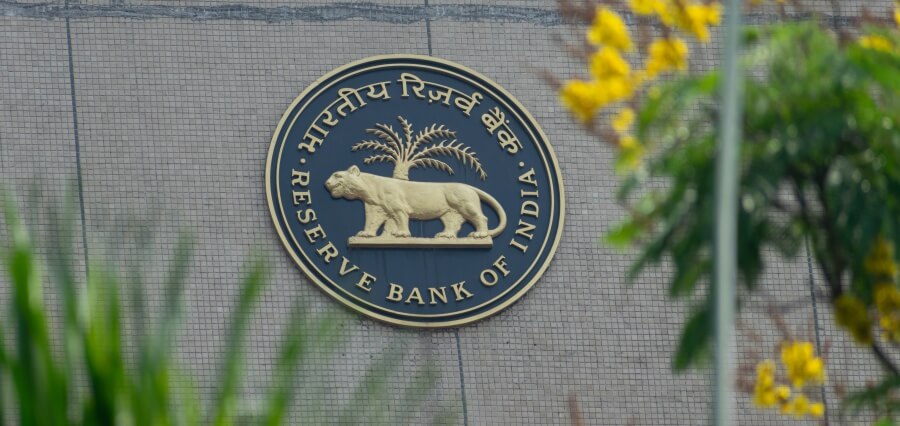Prime Highlights:
The Reserve Bank of India (RBI) has decided to roll back the 25-percentage point increase in the risk weight on bank loans to NBFCs, effective from April 1, 2025.
The move will free up capital for banks, enhancing their lending capacity and improving their capital ratios.
Key Background:
In response to the slowdown in bank loan growth, the Reserve Bank of India (RBI) has decided to reverse its decision to increase the risk weight on loans extended by banks to non-banking financial companies (NBFCs). It will be effective from April 1, 2025, and provide relief to banks by releasing capital and enhancing their capacity to lend.
The RBI’s November 2023 decision to increase the risk weight by 25 percentage points for loans to NBFCs with external ratings below 100 percent had led to a notable decline in loan growth to the shadow banking sector. Through December 2024, year-on-year growth of bank loans to NBFCs declined to 6.7 percent from 15 percent in the corresponding period last year. Bank credit growth in aggregate also declined to 11.2 percent from 20 percent in the same period.
The RBI’s new circular dated February 25, 2025, restores the old risk weight structure, but this time on the external rating of the NBFCs. This means that loans to better-rated NBFCs will now attract lower risk weights, effectively reducing the capital banks are required to set aside for such loans. This move is expected to boost credit flow from banks to NBFCs, especially to those with strong ratings.
Apart from this, RBI resolved its position with regard to microloans by lowering the risk weight of such loans falling under the regulatory retail or business loan category to 75 percent from the previous 125 percent. Loans that do not fall under the said category but fall under consumer credit will fall under 100 percent risk weight, compared to 125 percent previously. This would be helpful for small finance banks to have large microfinance books, setting aside previous skepticism on the categorization of such lending. Overall, such regulatory actions would help towards furthering of liquidity in the NBFC segment, which has seen increasing costs of alternative funding.


